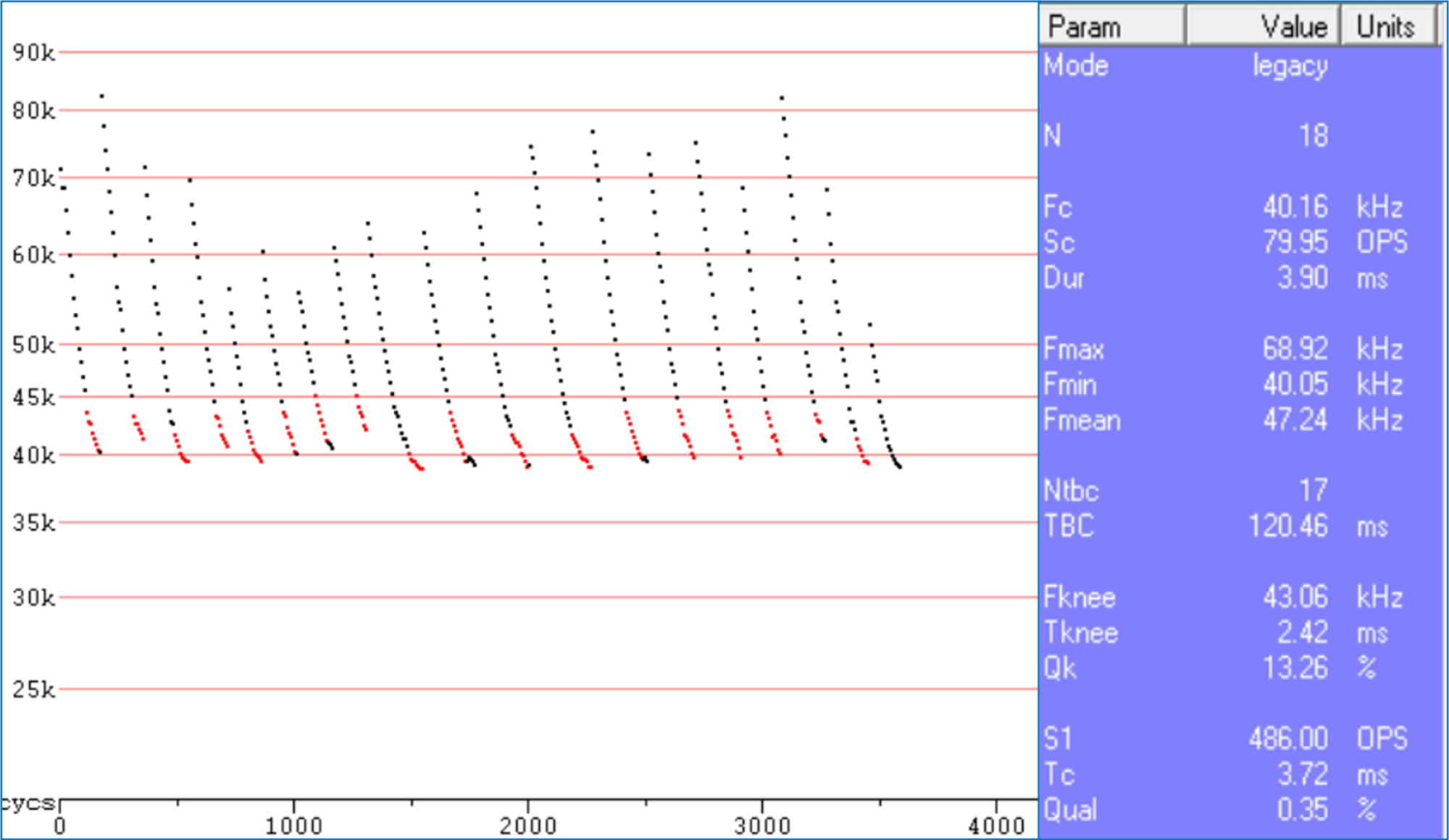Batting at Groenvlei
Eighteen of the ±62 species of bats in South Africa occur in the Western Cape. Four of these are fruit-eating species, while the rest are insectivorous. The largest bat roost in South Africa is on CapeNature’s De Hoop Nature Reserve and the 300 000 bats that live there are estimated to consume about 100 tons of insects per year, including mosquitoes and agricultural insect pests.
Groenvlei Lake on Goukamma Nature Reserve is a national wetland Freshwater Priority Area and one of only eight freshwater lakes in South Africa, all of which are Critically Endangered ecosystems. The nearby forest provides good habitat for many small animals including bats, but some bat species are also attracted to artificial structures. A recent bat study was carried out to find out more about the bats utilising Mvubu Bush Camp, on the shore of Groenvlei. To identify the species using the building, pinpoint the roost location and determine roost size, a visual sunset survey was carried out and calls were recorded throughout the night using an ultrasonic bat recorder.
Different bat species can be identified via the use of sonograms (visual representations of their high-frequency calls). While there is variation in call characteristics within some species and overlap in characteristics between other species, the recorded calls indicated that at least three (possibly four) insectivorous bat species were flying near the buildings.

Typical N. capensis hockey-stick shaped call peaking at around 38 kHz. Sonogram characteristics used to identify bat species include peak frequency, bandwidth, call duration and the presence of harmonics (a sound wave that has a frequency that is a multiple of the fundamental tone).
The resident bats at Goukamma Nature Reserve were identified as common Cape serotine bats, Neoromicia capensis. The roost was estimated to comprise 20-40 adult bats, with each pair probably caring for twins.
Morphological measurements rather than appearance are needed to positively identify the Cape serotine, but typical features visible here are dark brown wings, pale belly, plain face (no nose-leafs), rounded ears with a short, broad tragus (tongue-like projection in the ear) and dome-shaped forehead.
Environmentally- and bat-friendly measures that can be taken to discourage bats from taking up residence in buildings include (a) bat-proofing the walls of the building at the end of Autumn once the young bats are able to fly, (b) installing temporary one-way valves to allow any trapped bats to escape, (c) providing alternative housing in the form of a bat box.
It is important to reflect on the many important ecosystem services provided by bats like seed dispersal, pollination and insect control.
How can I assist you today?
How can I assist you today?